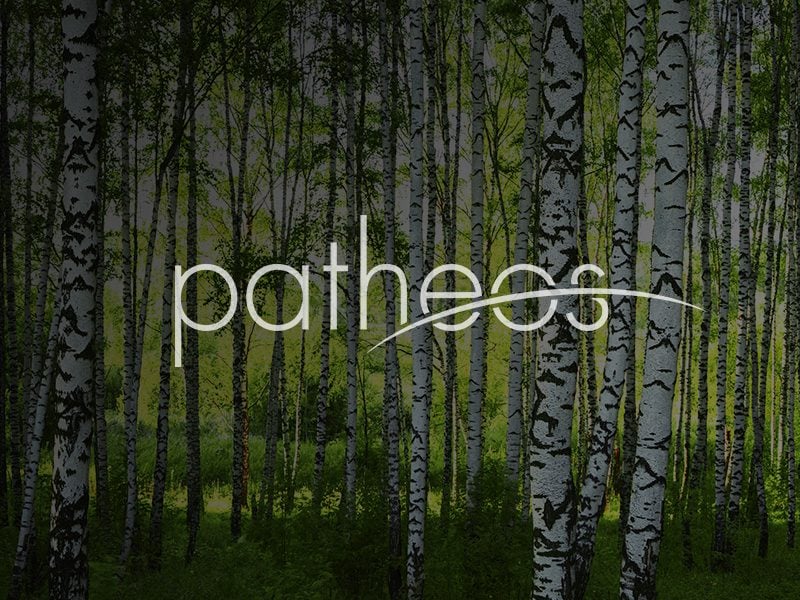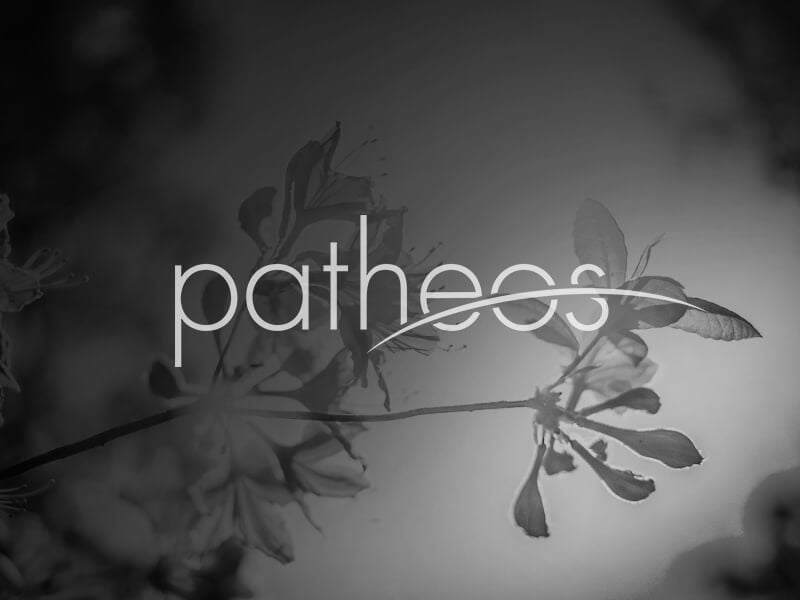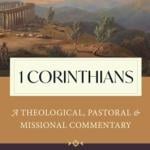Here is a story written by my son, Christian, age 14. Tramps, as you probably well know, are usually not very likable creatures. I say “creatures” because I, myself, have often been in doubt as to the species ?Eor gender ?Eof most tramps that I meet. Tramps, like trolls, eggs, and Picasso’s paintings, can be bad. If you have parents, they have most certainly told you not to speak with strangers ?EI don’t count. I am talking to you from... Read more















